El primer auto de carreras volador tripulado del mundo listo para la serie Airspeeder Racing
- Alauda Aeronautics presenta el Airspeeder Mk4, la primera versión tripulada de su auto volador de carreras
- Airspeeder Mk4 es el avión eléctrico de despegue y aterrizaje vertical (eVTOL) más rápido del mundo, con una velocidad máxima de 360 kph (225 mph)
- Impulsado por Thunderstrike Hydrogen Turbogenerator, que ofrece un alcance excepcional de 300 km (188 millas)
- La tecnología Gimballed Thrust de inteligencia artificial produce cualidades de manejo de un automóvil de Fórmula 1 o un avión de combate
- Pruebas de vuelo en curso en el sur de Australia; primeras carreras tripuladas programadas para 2024
- El Airspeeder Mk4 se presentará públicamente en el festival de innovación Southstart el 7 de marzo de 2023.
- Las inscripciones de equipos ahora están abiertas para la serie de carreras tripuladas Airspeeder
“Nosotros y el mundo estamos listos para las carreras de autos voladores tripulados. Hemos construido los vehículos, desarrollado el deporte, asegurado las sedes, atraído a los patrocinadores y socios técnicos. Ha llegado el momento de que las marcas de automóviles, los fabricantes de equipos originales y los equipos de automovilismo más progresistas, innovadores y ambiciosos del mundo formen parte de un nuevo automovilismo verdaderamente revolucionario. Al presentar el Airspeeder Mk4 tripulado, mostramos los vehículos que lucharán en carreras de pala a pala tripulados por los pilotos más capacitados en sus campos”. – Matt Pearson, director ejecutivo, Alauda Aeronáutica

Alauda Aeronautics está buscando socios OEM para unirse a esta revolución en el automovilismo, ya que presenta el Airspeeder Mk4, el primer automóvil volador tripulado del mundo y el más rápido.
Diseñado y construido en Adelaida, Australia Meridional, el Airspeeder Mk4 es el avión eléctrico de despegue y aterrizaje vertical (eVTOL) más rápido del mundo. Capaz de alcanzar una velocidad máxima de 360 kph (225 mph) en solo 30 segundos desde parado, está diseñado para establecer el estándar de rendimiento y tecnología en el nuevo y radical deporte de las carreras de aerodeslizadores pilotados.
Con su sofisticado sistema de propulsión eléctrica, aerodinámica avanzada y un peso de despegue (MTOW) de solo 950 kg, el Airspeeder Mk4 también es extremadamente eficiente, con un alcance proyectado de 300 km (188 millas) mientras produce casi cero emisiones.
El nuevo avión es un desarrollo del Mk3 pilotado a distancia, que completó con éxito más de 350 vuelos de prueba y participó en dos carreras de demostración de Airspeeder en el sur de Australia en 2022.
NACIDO PARA LA CARRERA, INSPIRADO EN EL ESPACIO
Al igual que todos los Airspeeders, el Mk4 está destinado principalmente a las carreras, por lo que está diseñado para una máxima agilidad a altas velocidades y bajas altitudes. Dos tecnologías inspiradas en la industria espacial le dan al vehículo su velocidad, maniobrabilidad y alcance sin precedentes.
TURBOGENERADOR DE HIDRÓGENO THUNDERSTRIKE
El Airspeeder Mk4 funciona con un turbogenerador de 1000 kW (1340 caballos de fuerza) que alimenta las baterías y los motores. Diseñada específicamente para su uso en eVTOL, esta tecnología revolucionaria permite utilizar hidrógeno verde como combustible, proporcionando energía segura, confiable y sostenible en largas distancias y tiempos de vuelo. El Mk4 tiene un alcance proyectado de más de 300 km (188 millas).
El motor de demostración ‘Thunderstrike’ de Alauda Aeronautics incorpora un combustor único fabricado con técnicas de impresión 3D desarrolladas en la industria espacial para motores de cohetes. El diseño de la cámara de combustión mantiene la temperatura de la llama de hidrógeno relativamente baja, lo que reduce en gran medida las emisiones de óxido nitroso (NOx).

El hidrógeno es un combustible ideal para la aviación del futuro y, específicamente, para los viajes aéreos urbanos personales. Tiene una alta densidad de energía y se puede almacenar en una forma compacta y liviana, lo que lo hace adecuado para aeronaves pequeñas; tampoco es tóxico y no produce emisiones excepto agua pura, por lo que no contamina el aire. Además de esto, debido a que el gas de hidrógeno es más liviano que el aire, simplemente se elevará y se dispersará en la atmósfera en caso de fuga, lo que reduce el riesgo de incendio o explosión.
Además de llevar la industria eVTOL existente a la era H2eVTOL de próxima generación , esta tecnología tiene el potencial de reducir significativamente las emisiones y crear un futuro sostenible para los viajes aéreos individuales.

EMPUJE GIMBALADO POR IA
La mayoría de los eVTOL se dirigen utilizando rotores basculantes, que simplemente se colocan verticalmente para despegar y aterrizar y horizontalmente durante el crucero. Por el contrario, el Mk4 maniobra utilizando un exclusivo sistema de empuje cardán, mediante el cual un controlador de vuelo de Inteligencia Artificial (IA) ajusta individualmente cuatro pares de rotores montados en cardanes ligeros impresos en 3D. Esto hace que el Mk4 no solo sea rápido en línea recta, sino que también pueda maniobrar con la increíble precisión esencial en las carreras cuerpo a cuerpo. De hecho, se maneja menos como un multicóptero y más como un avión de combate o un auto de carreras de Fórmula 1.
COMIENZAN LAS PRUEBAS DE VUELO
Alauda Aerospace planea comenzar las pruebas de vuelo del chasis y el tren motriz Mk4, incluidos los primeros vuelos tripulados de la estructura del avión, en el primer trimestre de 2023. El avión estará listo para tomar la línea de salida en el Campeonato de carreras de aerodeslizadores en 2024.
UNA GRAN VISIÓN
La serie de carreras Airspeeder tiene una enorme base de fans internacionales y atrae a los mejores pilotos del mundo. Pero es más que un espectáculo espectacular de velocidad y habilidad. También es un campo de pruebas para sistemas de propulsión ecológicos sostenibles, con el potencial de cambiar la forma en que todos viajamos en el futuro.
Alauda Aeronautics ya está mirando más allá de las carreras hacia un mundo donde los autos voladores privados son una realidad diaria y un medio viable de transporte urbano. Su equipo de ingenieros y diseñadores, formado por empresas como Airbus, Boeing, Ferrari, MagniX y McLaren, confía en que sus tecnologías podrían hacer que los viajes aéreos sean más rápidos, más eficientes, más respetuosos con el medio ambiente y más accesibles que nunca.
Matt Pearson, director ejecutivo de Alauda Aeronautics , dice: “Verá estas tecnologías en la pista de carreras. Sin embargo, los eVTOL ya son una industria de un billón de dólares y vemos un mercado muy importante para los autos voladores privados que emergen en un futuro cercano. En la industria aeroespacial convencional, hay tantos aviones privados como aviones comerciales en funcionamiento. Creemos que podría ser lo mismo con los autos voladores algún día, con una cantidad aproximadamente similar de taxis comerciales y autos privados inicialmente. Una vez que podamos venderle un automóvil volador por el mismo precio que un Tesla, verá rápidamente el cambio de equilibrio. Hoy en día, los automóviles privados superan en número a los taxis en aproximadamente 300 a uno, por lo que el potencial para que las personas posean y conduzcan su propio automóvil volador algún día es absolutamente enorme. Es un momento muy emocionante”.
Para obtener más información sobre el Alauda Airspeeder Mk4 y el próximo campeonato de carreras de Airspeeder, visite el sitio web de Airspeeder en www.airspeeder.com .
ACELERANDO EL DESARROLLO DE UNA REVOLUCIÓN DE LA MOVILIDAD:
Airspeeder se basa en la filosofía de que nada acelera el progreso técnico como la competencia deportiva. El deporte de próxima generación desempeña el mismo papel que los pioneros de la Fórmula Uno tuvieron hace casi un siglo al impulsar el desarrollo técnico y generar la aceptación pública de una nueva revolución de la movilidad. El sector eVTOL está preparado para transformar el transporte aéreo urbano, la logística global e incluso el transporte médico remoto con una solución de transporte aéreo de aire limpio y cero emisiones.
ACERCA DEL FUNDADOR: MATT PEARSON
Matt Pearson es el fundador y visionario detrás de Alauda y Airspeeder. Junto con un equipo de ingenieros, diseñadores y mentes comerciales de Australia, Nueva York y Londres, está acelerando el desarrollo de vehículos voladores eléctricos a través del calor de la competencia deportiva.
Más allá de su papel como una voz definitoria en el futuro de la movilidad, Matt está impulsando el espacio del Internet industrial de las cosas en rápida expansión a través de su trabajo en Fleet. Desde su base en el sur de Australia, millones de dispositivos se alimentan a través de la órbita terrestre baja a través de una red creciente de nanosatélites.
Redes sociales: @Airspeeder


















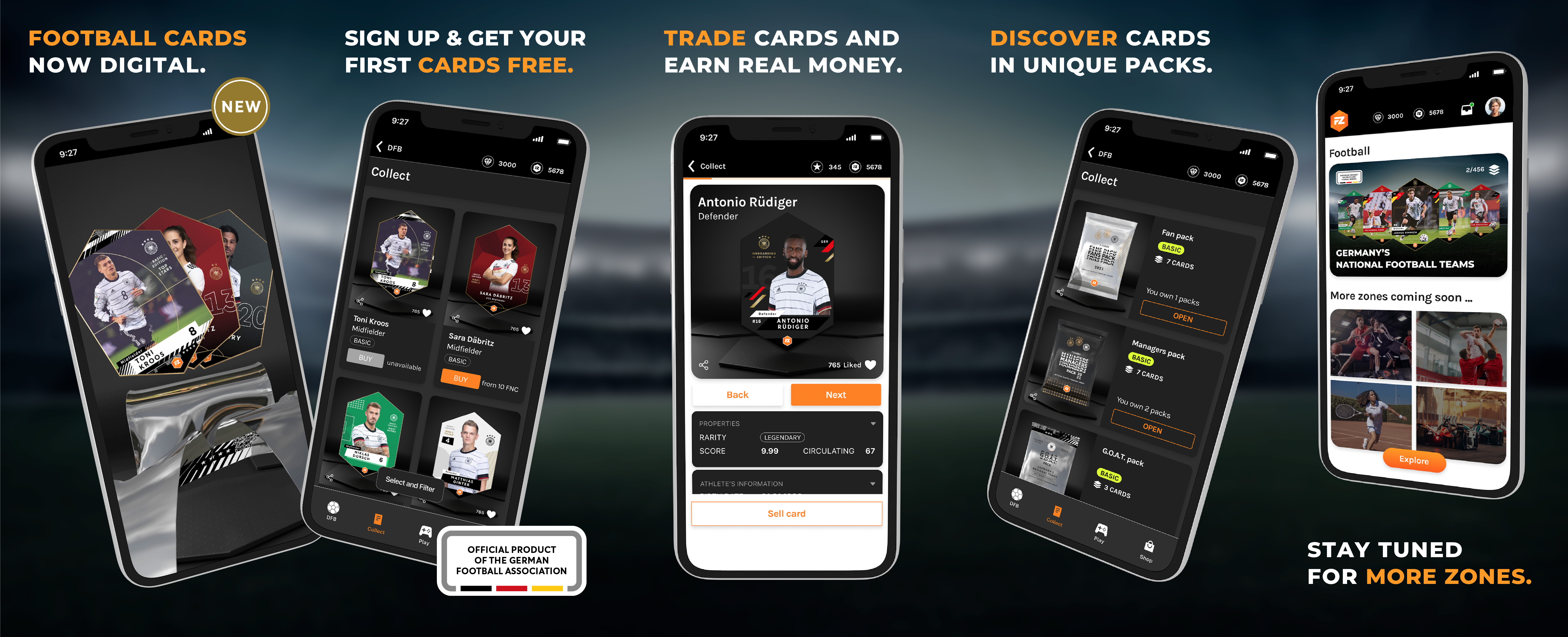









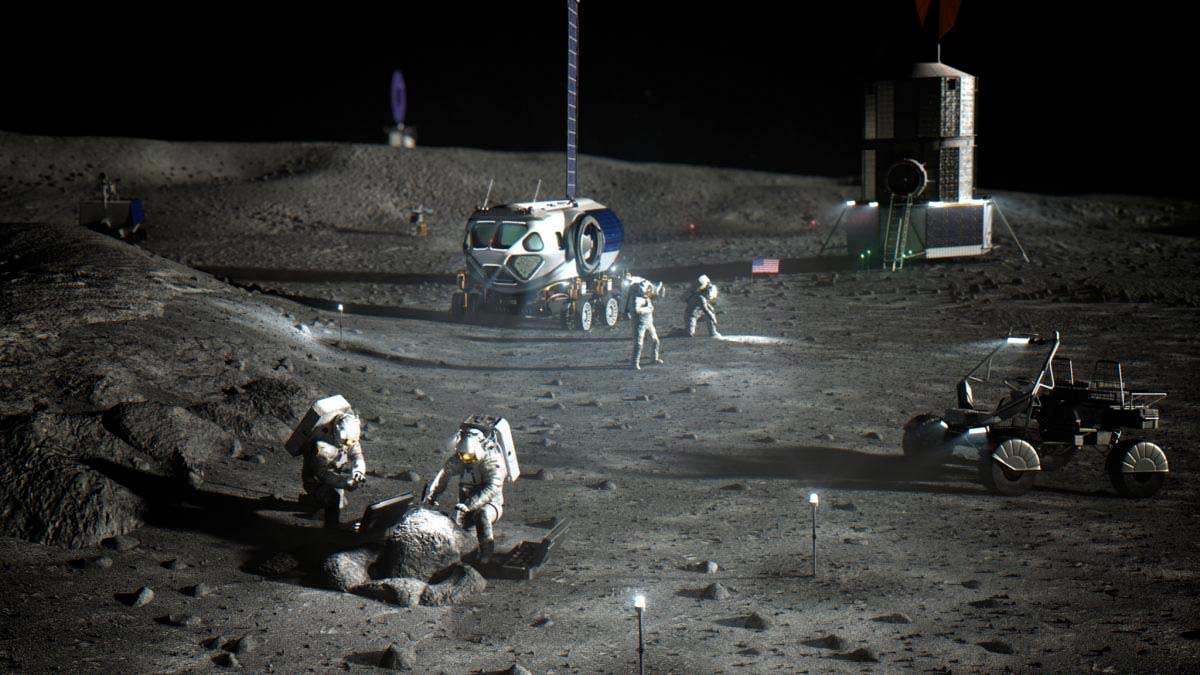





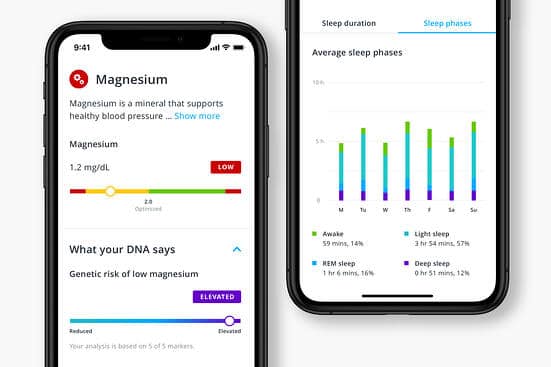


 These daily readings also feed into your WELLNESS SCORE, a newly calculated metric exclusive to our app that provides a daily snapshot of your progress towards optimizing your body. As you log actions according to your plan and change key physiological markers, you can track and monitor these changes reflected in your Wellness Score. InsideTracker’s data science team designed this proprietary algorithm to apply relative weight to critical changes and actions. Optimizations in your blood biomarkers will have a relatively more substantial effect on your Wellness Score. In contrast, improvements in physiological markers or daily check-ins on your Action Plan will have a somewhat smaller effect. Be sure to monitor your improvements because even those little changes in your Wellness Score will fuel feelings of reward and positively motivate you towards your goals.
These daily readings also feed into your WELLNESS SCORE, a newly calculated metric exclusive to our app that provides a daily snapshot of your progress towards optimizing your body. As you log actions according to your plan and change key physiological markers, you can track and monitor these changes reflected in your Wellness Score. InsideTracker’s data science team designed this proprietary algorithm to apply relative weight to critical changes and actions. Optimizations in your blood biomarkers will have a relatively more substantial effect on your Wellness Score. In contrast, improvements in physiological markers or daily check-ins on your Action Plan will have a somewhat smaller effect. Be sure to monitor your improvements because even those little changes in your Wellness Score will fuel feelings of reward and positively motivate you towards your goals.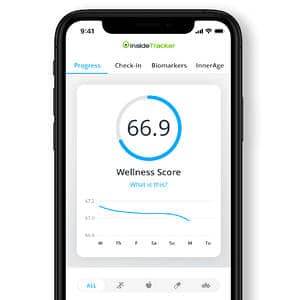
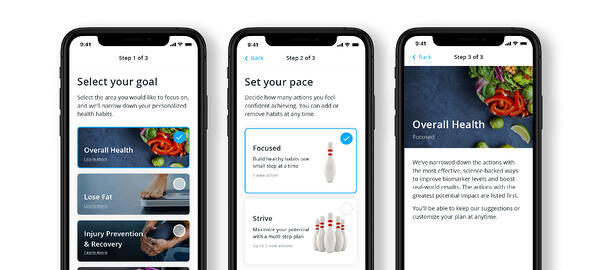



 Le chauffe-eau à pompe à chaleur intelligent Inverter est compatible Wi-Fi, ce qui lui permet de fonctionner de manière transparente avec l’application mobile ThinQ de LG, disponible sur les appareils Android et iOS.3 Avec l’application, la maison
Le chauffe-eau à pompe à chaleur intelligent Inverter est compatible Wi-Fi, ce qui lui permet de fonctionner de manière transparente avec l’application mobile ThinQ de LG, disponible sur les appareils Android et iOS.3 Avec l’application, la maison
